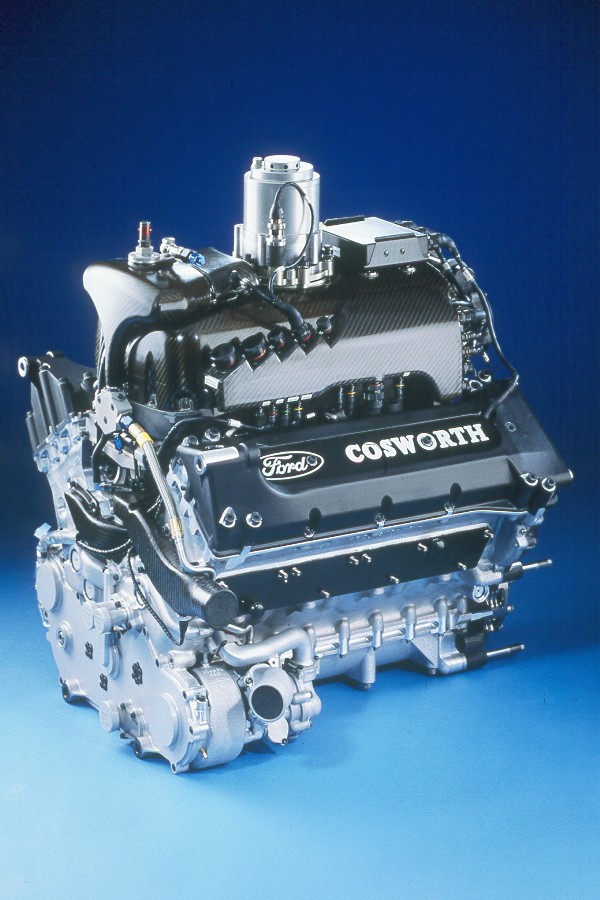Rival manufactures would welcome Ford to IndyCar racing
 |
| Ford Cosworth XF IndyCar engine |
When the checkered flag fell on Saturday's IndyCar race on Belle Isle, representatives of Honda proudly stood beside winning driver Mike Conway on the victor's podium.
Glory and the engineering credibility that helps sell cars come with the victory champagne.
But it isn't like Honda and Chevrolet, the other engine builder in the high speed, open-cockpit racing series, have tried to keep this to themselves. Mark Reuss, president of General Motors North America, said last week, after Chevrolet driver Tony Kanaan won the 97th Indianapolis 500, that he'd like to see cross-town rival Ford back in the series.
On Saturday, Reuss walked up and down pit road talking to the drivers and owners and engineers GM has embedded with Chevrolet-powered teams.
Art St. Cyr, Honda's head of racing and product development in the United States, said Saturday he'd also like to see Toyota return.
"When we were alone in IndyCar racing, we said we would welcome everyone, anyone back," St. Cyr said. "It's good for us because competition makes us better."
Where's Ford?
There were no Toyota-powered cars racing this weekend, but it's not like Ford wasn't on Belle Isle.
A Ford V-8 powered the prototype sports car that finished third in the Grand Am Rolex Series event that ran just ahead of Saturday's IndyCar race.
"We should have won, but that's the frustration of running a Ford in a series where other manufacturers are more involved," said Peter Baron, Starworks team owner.
His team led until losing positions in the pits. Baron said it took longer to top off the Ford's gas tank — the engine was using more fuel than the Chevrolet-powered Corvette prototype that won the race.
While Honda and Chevrolet entertained guests in trackside chalets, top Ford executives also were at the race, but quietly attending from an unmarked black motor home parked in the massive garage area behind the pit-side grandstand.
Another Ford "privateer" in the Grand Am Rolex Series, Michael Shank, said he would move up to owning an IndyCar team if Ford joined the series. But he said he doesn't expect it to happen.
"Ford came back from its financial troubles conservatively. They had shareholders and retirees to take care of. This attitude has continued about being careful where Ford invests," Shank said. "General Motors went bankrupt so they had nothing to lose. They have come back strong in business and on the track."
Reuss said he believes racing stirs passions and gives his engineers experience in very fast problem solving that they bring back to the company.
"Honestly, this is where the business started," Reuss said. It is the ultimate test of our engineering."
Said Shank: "I would like to see Ford do more, and I happen to know more is coming."
Focus is elsewhere
Ford is pushing for the Grand Am Rolex Series to downsize its engines, like the IndyCars, to a smaller V-6 turbocharged engine instead of the current V-8s.
"We've experimented with a UAW assembled Ford EcoBoost engine," said Shank. "We think it's going to connect street technology with racing in a big way and we are excited about getting a chance to show how strongly built Ford engines really are."
Ford Racing director Jamie Allison said Ford has chosen its motor sports carefully. NASCAR, NHRA drag racing and the Grand Am Rolex sports car series will get continued support. And the youth-supported action sports, X-Games and Global Rally Cross, will see increased Ford investment.
"We've looked at the history of racing in the U.S., and Ford has always been a big part," Allison said. "But we have looked at our future and we need to reach out to a group who have lost touch with the automobile." Detroit News
